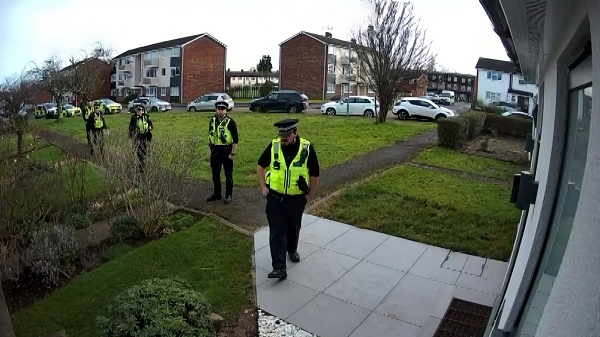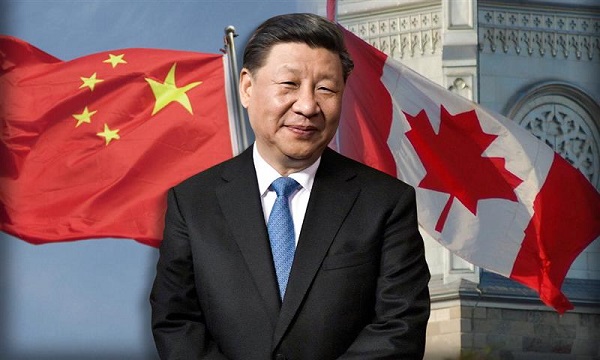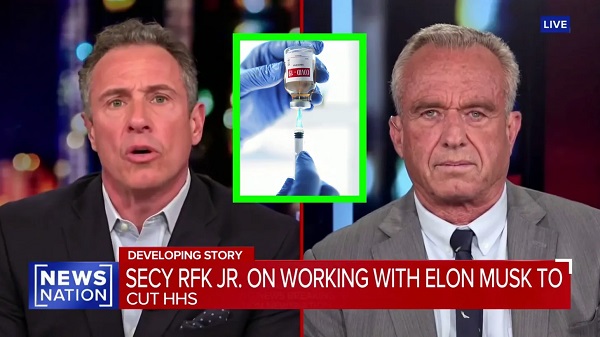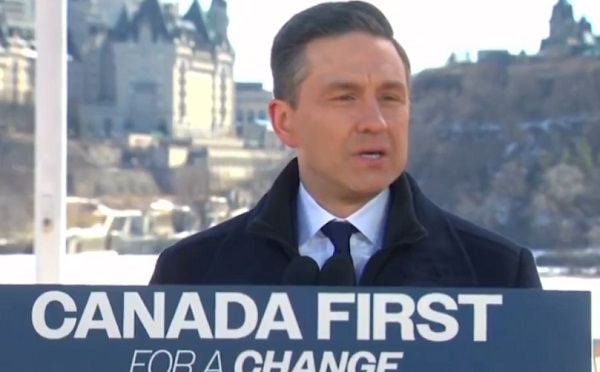Opinion
Solar discussion invites more creative proposals needing discussion.

Let us consider the carbon footprint issue in more ways than mega-projects. Let us start at home.
There is a lot of information about the average home. For example the average home has 2.5 residents. The average home costs $25.000 to install enough solar panels.( there is debate that it may be as little as 14,000 but I would like to prepare for costs overruns) It takes 75 hours of labour to install enough solar panels including electrical and non-electrical labour. So to go solar it would cost $10,000 per resident and require 30 hours of labour per person. This is based on the U.S. which is higher than countries like Germany who are more involved and takes advantage of economies of scale. Germany averages only 33 hours.
Red Deer has about 100,000 residents, so to go solar in such a big way would cost a billion dollars and require 3 million man hours of labour. Spread out over 10 years and 3 levels of government, federal, provincial, and municipal. It would cost each level of government 33 million per year. It would create 300,000 manhours of work and if a full time equivalent is 2,000 hours per year then it would create 150 full time equivalent jobs directly in installation. Each direct job would create several indirect jobs in manufacturing, transportation, hospitality etc. Someone offered 7 indirect jobs but I do not know.
When you look at previous bail outs for jobs, this is not that extreme. The economic impact would be huge. The tax base would increase, employment would increase, and our carbon foot print would decrease.
The economics of scale would lower the costs, the natural evolution of solar efficiency would lower the costs, and experience would lessen the labour time and costs but the benefits would be the same.
Red Deer College could get involved in training. The city could become an eco-friendly destination for residents and tourists.
If we were to download a portion of the costs onto the home owners through a loan, and incorporate into their property taxes based on 3% interest. 40% of the costs over 10 years would mean $100 per month for 10 years, which would probably be less than their current electrical bill. If as some suggest it would be $14,000 and even if the home owners bore all the costs then it would be $150 per month for 10 years.That is based on current costs on a small scale.
This will not happen overnight. Three levels of government, training, planning, and manufacturing etc. will take time. I remember satellite dishes that were once so huge, that are now so small, and the same goes for solar panels, once so huge they are increasingly getting smaller and more efficient.
The amount of money is not insurmountable. In a equal-shared scenario with the provincial and federal governments, the costs of building the planned footbridge from the Riverlands to Bower Ponds for example would convert about 2500 homes.
I hope the city continues to discuss and explore these possibilities with other levels of government. Talking about the environment, talking about innovation, and talking about infrastructure spending, here you go.
Another idea could be doing a neighbourhood project like Drake’s Landing Solar Community in Okotoks which had 10 years of uninterrupted service with solar fraction of 100% during the summer and a low of 92% during the coldest winter.
We could look at using our river for hydro-electric, mandate architectural restrictions like reflective roofs, encourage green roofs to name but a few as the dialogue widens.
I hope the city continues the discussions after their March 6 2017 meeting.
2025 Federal Election
Liberal MP Paul Chiang Resigns Without Naming the Real Threat—The CCP


 Dan Knight
Dan Knight
After parroting a Chinese bounty on a Canadian citizen, Chiang exits the race without once mentioning the regime behind it—opting instead to blame “distractions” and Donald Trump.
So Paul Chiang is gone. Stepped aside. Out of the race. And if you’re expecting a moment of reflection, an ounce of honesty, or even the basic decency to acknowledge what this was really about—forget it.
In his carefully scripted resignation statement, Chiang didn’t even mention the Chinese Communist Party. Not once. He echoed a foreign bounty placed on a Canadian citizen—Joe Tay—and he couldn’t even bring himself to name the regime responsible.
Instead, he talked about… Donald Trump. That’s right. He dragged Trump into a resignation about repeating CCP bounty threats. The guy who effectively told Canadians, “If you deliver a Conservative to the Chinese consulate, you can collect a reward,” now wants us to believe the real threat is Trump?
I haven’t seen Donald Trump put bounties on Canadian citizens. But Beijing has. And Chiang parroted it like a good little foot soldier—and then blamed someone who lives 2,000 miles away.
But here’s the part you can’t miss: Mark Carney let him stay.
Let’s not forget, Carney called Chiang’s comments “deeply offensive” and a “lapse in judgment”—and then said he was staying on as the candidate. It wasn’t until the outrage hit boiling point, the headlines stacked up, and groups like Hong Kong Watch got the RCMP involved, that Chiang bailed. Not because Carney made a decision—because the optics got too toxic.
And where is Carney now? Still refusing to disclose his financial assets. Still dodging questions about that $250 million loan from the Bank of China to the firm he chaired. Still giving sanctimonious speeches about “protecting democracy” while his own caucus parrots authoritarian propaganda.
If you think Chiang’s resignation fixes the problem, you’re missing the real issue. Because Chiang was just the symptom.
Carney is the disease.
He covered for it. He excused it. He enabled it. And now he wants to pose as the man who will stand up to foreign interference?
He can’t even stand up to it in his own party.
So no, we’re not letting this go. Chiang may be gone—but the stench is still in the room. And it’s wearing a tailored suit, smiling for the cameras, and calling itself “leader of the Liberal Party.”
2025 Federal Election
PM Carney’s Candidate Paul Chiang Steps Down After RCMP Confirms Probe Into “Bounty” Comments

 Sam Cooper
Sam Cooper
Just after midnight Monday, Liberal MP Paul Chiang announced he is stepping down as the Liberal candidate in Markham–Unionville — hours after Canada’s federal police confirmed it was “looking into” allegations that he endorsed handing a political rival to a foreign government in exchange for a bounty.
“This is a uniquely important election with so much at stake for Canadians,” Chiang wrote in a late-night statement. “I do not want there to be distractions in this critical moment. That’s why I’m standing aside as our 2025 candidate.”
The announcement followed a day of escalating controversy, triggered by The Bureau’s Friday report and a series of breaking developments over the weekend and Monday, detailing Chiang’s remarks at a January meeting with Chinese-language media.
At a January news conference with Chinese-language media, Chiang suggested that Joe Tay’s criminal charge in Hong Kong would create a “great controversy” if he were elected to Parliament, according to the Ming Pao newspaper. He then reportedly crossed into territory that Hong Kong rights groups have asked the RCMP to investigate — potentially amounting to counselling kidnapping and violating Canada’s foreign interference laws — by suggesting that Tay, a Canadian citizen wanted under Hong Kong’s National Security Law, could be “taken” to the Chinese Consulate in Toronto to claim a HK$1 million bounty.
The UK-based human rights NGO Hong Kong Watch filed a formal letter to RCMP Commissioner Mike Duheme on Monday morning, requesting a criminal investigation. The letter alleged Chiang’s comments may amount to “counselling to commit kidnapping” under Canada’s Criminal Code, and potentially violate the new Foreign Interference and Security of Information Act.
By late evening, the RCMP confirmed it was “looking into the matter,” citing the serious and growing threat of foreign interference and transnational repression. While no criminal charges have been laid, and no details about potential protective measures have been released, the federal police said it is working closely with intelligence and law enforcement partners.
Chiang did not reference the controversy directly in his resignation statement, instead framing his decision as a step to protect the broader interests of the Liberal campaign. He expressed pride in his record and gratitude to his community.
“For the past three-and-a-half years, it has been the greatest honour of my life to serve the people of Markham–Unionville as their Member of Parliament,” he wrote. “Every single day, I served with integrity and worked to deliver results.”
The move comes after mounting calls for Chiang’s removal, including from more than 40 Hong Kong diaspora groups and international human rights advocates who said his remarks endorsed Beijing’s tactics of transnational repression. Joe Tay, the Conservative candidate targeted in the remarks, revealed Monday that he had contacted the RCMP for personal protection even before the comments were made public.
Chiang had previously apologized for what he called a “terrible lapse in judgment,” but had retained the backing of Prime Minister Mark Carney — until Monday night.
More to come on this breaking story.
The Bureau is a reader-supported publication.
To receive new posts and support my work, consider becoming a free or paid subscriber.
-

 2025 Federal Election1 day ago
2025 Federal Election1 day agoPoilievre To Create ‘Canada First’ National Energy Corridor
-

 2025 Federal Election1 day ago
2025 Federal Election1 day agoJoe Tay Says He Contacted RCMP for Protection, Demands Carney Fire MP Over “Bounty” Remark
-

 Censorship Industrial Complex2 days ago
Censorship Industrial Complex2 days agoWelcome to Britain, Where Critical WhatsApp Messages Are a Police Matter
-

 2025 Federal Election2 days ago
2025 Federal Election2 days agoChinese Election Interference – NDP reaction to bounty on Conservative candidate
-

 2025 Federal Election1 day ago
2025 Federal Election1 day agoHong Kong-Canadian Groups Demand PM Carney Drop Liberal Candidate Over “Bounty” Remark Supporting CCP Repression
-

 2025 Federal Election24 hours ago
2025 Federal Election24 hours agoLondon-Based Human Rights Group Urges RCMP to Investigate Liberal MP for Possible Counselling of Kidnapping
-

 Daily Caller14 hours ago
Daily Caller14 hours agoBiden Administration Was Secretly More Involved In Ukraine Than It Let On, Investigation Reveals
-

 2025 Federal Election1 day ago
2025 Federal Election1 day agoBeijing’s Echo Chamber in Parliament: Part 2 – Still No Action from Carney










